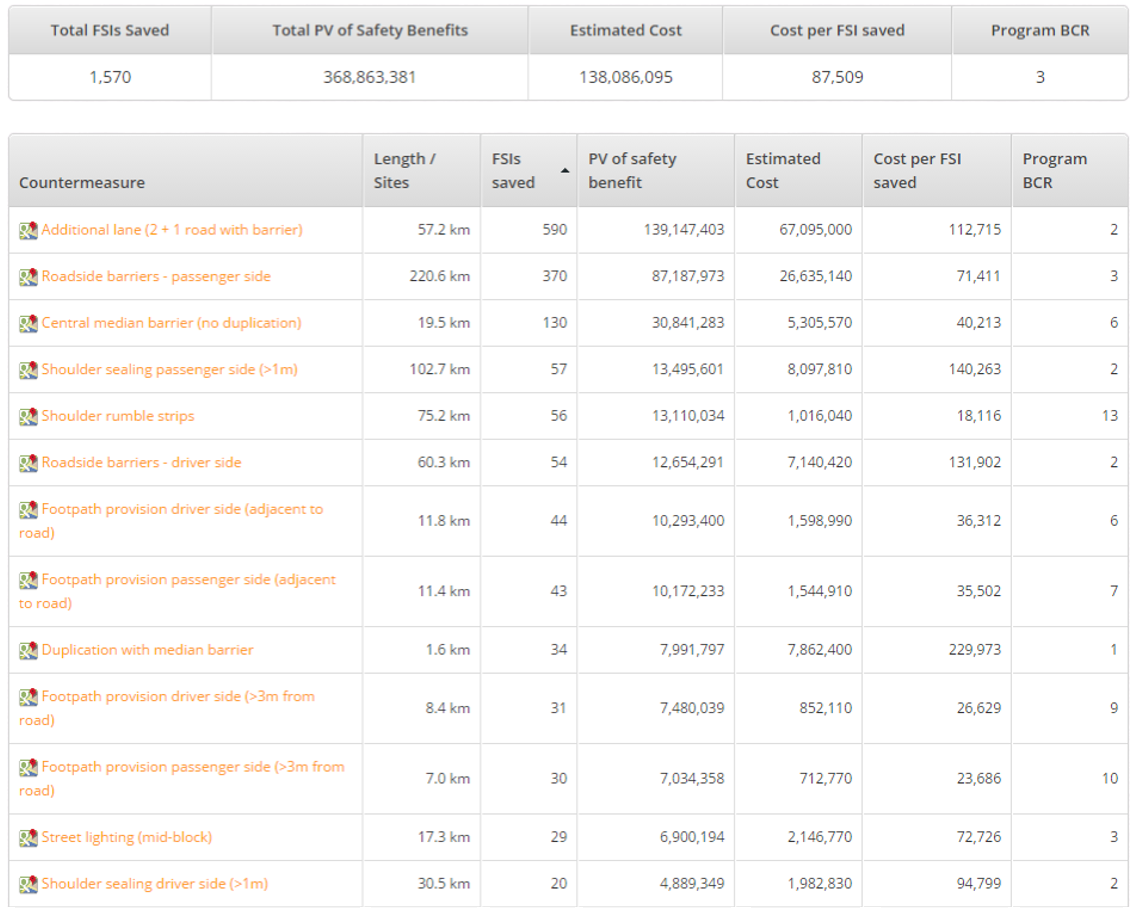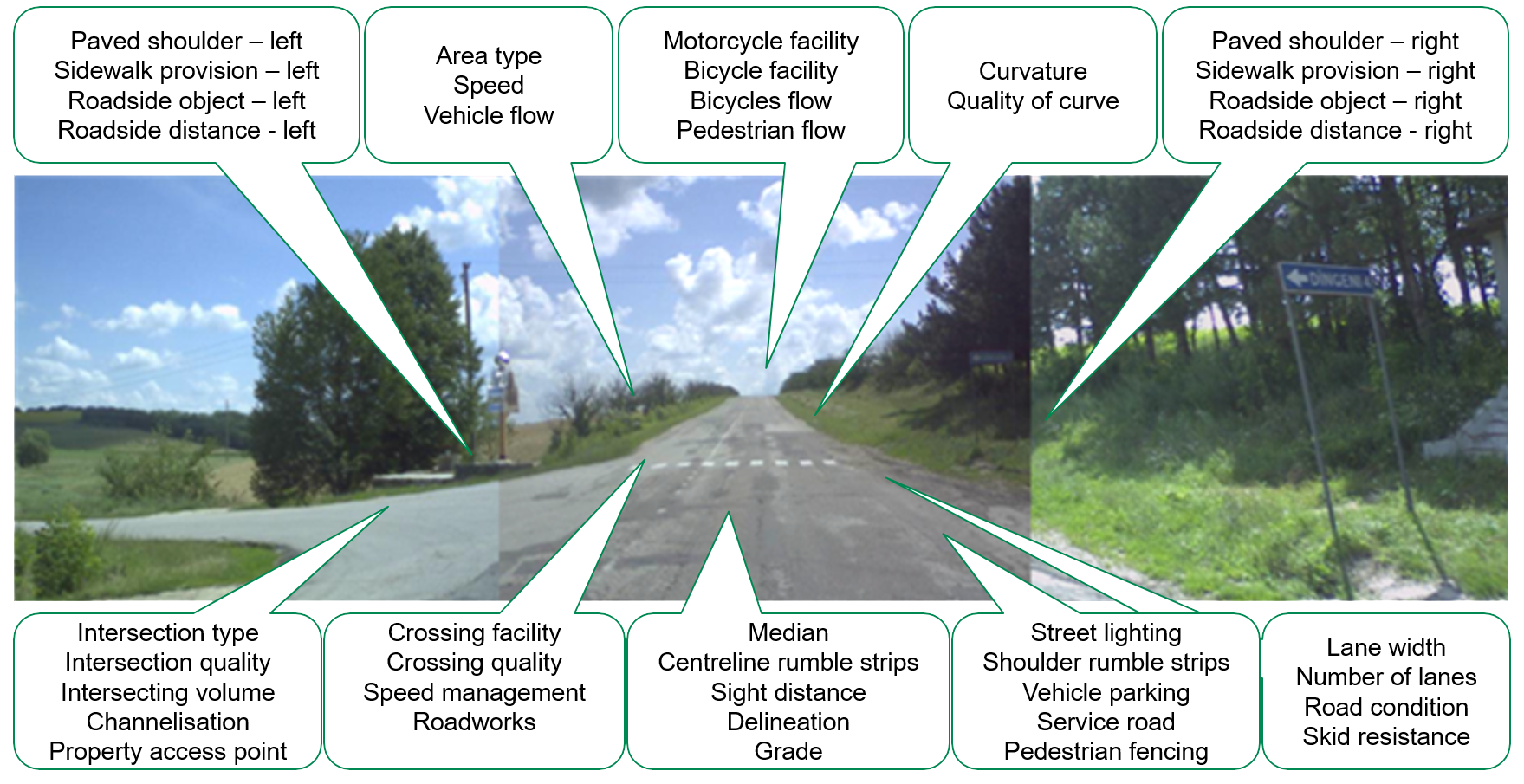Image credit: Metrics Mobilidade
Metrics Mobilidade, with a team with over 30 years’ experience in urban mobility studies and cycling infrastructure design, has joined our CycleRAP family as our first licensed supplier in Latin America, analysing the safety of cycle path redesigns for the Lagoa da Pampulha in Brazil.
Metrics Mobilidade’s collaboration with the CycleRAP team began with the pressing need for an evidence-based methodology to validate safety enhancements in the redesign of 11.3km of cycling paths encircling Lagoa da Pampulha in Brazil.
Situated in the heart of Belo Horizonte, Lagoa da Pampulha holds historical significance as a leisure destination. The region is renowned for the Pampulha Modern Ensemble, designated as a UNESCO World Heritage Site, and it boasts one of the highest concentrations of cyclists in the entire municipality.
The CycleRAP methodology was utilized to quantify the safety benefit of the path redesign, with particular reference to 27 locations, identified by the project team as critical risk points.
The collaborative efforts between Metrics and the City Council are in direct response to the alarming number of cyclist crashes in the city. On average, 556 cyclists are hospitalized every year due to road crashes[1].
[1] https://www.em.com.br/app/noticia/gerais/2023/04/04/interna_gerais,1477159/bh-e-a-4-capital-com-mais-mortes-de-ciclistas.shtml

Image credit: Portal Lagoa da Pampulha Website
Image credit: SouBH Website
The safety benefit of the new design was calculated by comparing the CycleRAP assessment results of the baseline (the current condition of the infrastructure) with the redesigned infrastructure in the project stage.
Across the 27 assessed locations, the project successfully eliminated all extreme and high-risk sections, resulting in all sections being classified as medium or low risk in the redesigned scenario.
The following example illustrates improved safety of Location 10, with the cycle path relocated away from the road lane, eliminating width restrictions imposed by trees. Moreover, the implementation of new traffic calming features, as recommended by the project, is expected to reduce vehicle operating speeds. Click image to enlarge
Assessing designs is just one of the myriad potential applications of CycleRAP.
“This project exemplifies how CycleRAP can empower cities and consultancy companies to instill greater confidence in the projects they undertake. Furthermore, it serves as an invaluable tool for cities to effectively communicate with citizens, providing the evidence-based rationale behind their initiatives,” remarked Shanna Lucchesi, CycleRAP project coordinator for iRAP.
For more information on CycleRAP, visit irap.org/cyclerap/





















